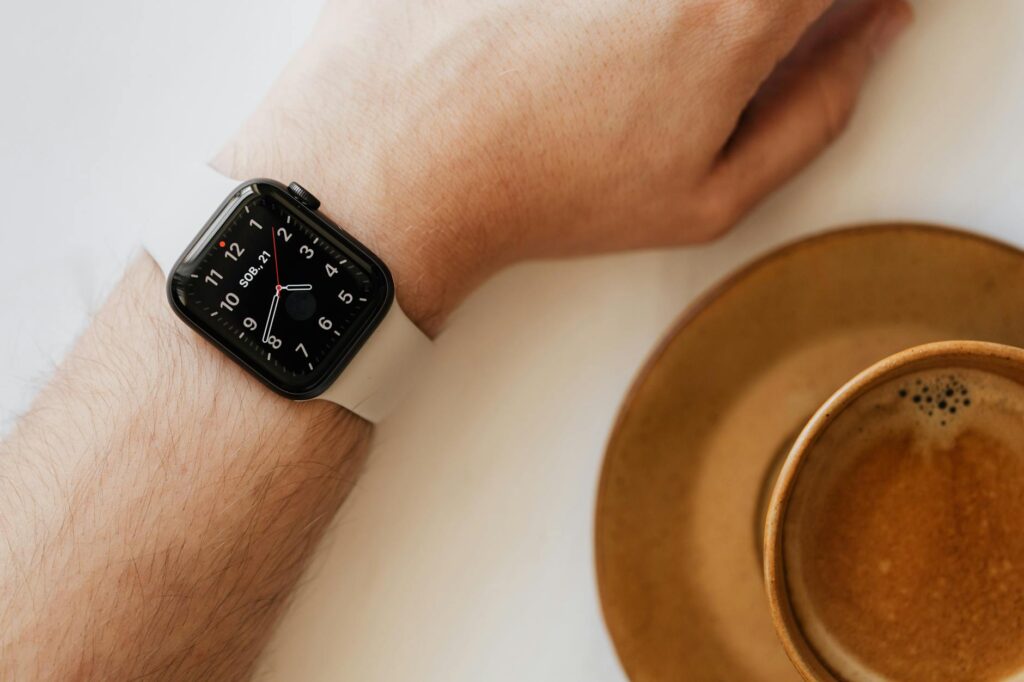What is screen time monitoring?

What is screen time monitoring?
In today’s fast-paced digital world, our relationship with screens has transformed dramatically. From smartphones to tablets and laptops, screens are everywhere. But how do we know if we’re spending too much time glued to these devices? That’s where screen time monitoring comes into play. This practice involves tracking the time you or your loved ones spend on various devices to help manage usage and foster healthier habits. With its growing importance in promoting productivity and well-being, understanding screen time monitoring is essential for everyone.
Understanding Screen Time Monitoring
Screen time monitoring is the process of tracking how much time individuals spend using devices such as smartphones, tablets, and computers. The goal is to gain insights into usage patterns, identify excessive use, and establish healthier habits. By keeping tabs on our screen time, we can make informed decisions about technology use and its impact on our lives.
What is Screen Time?
Screen time refers to the total time spent on electronic devices that display visual content. This includes various screens such as:
- Smartphones: Used for social media, texting, calling, and browsing.
- Tablets: Often used for reading, gaming, or watching videos.
- Computers: Utilized for work, gaming, or general browsing.
- Television: Watching shows, movies, or streaming services.
Every activity on these devices counts as screen time. Whether you’re scrolling through social media or working on a project for school, it’s all part of your daily screen usage.
How Screen Time Monitoring Works
Screen time monitoring can be achieved through various tools and methods. Many devices have built-in features that allow users to track their usage. Here are some common options:
-
Built-in Features: For example, Apple’s Screen Time feature allows you to view the time spent on apps, set limits, and even schedule downtime. More details can be found on Apple’s support page.
-
Third-Party Apps: There are many apps available, such as Screen Time Labs, that provide detailed analytics and parental controls to help manage device usage, especially for kids.
-
Manual Tracking: Some people prefer to keep a journal or spreadsheet to track their screen time manually. While this can be more tedious, it allows for personalized reflection.
With these tools, users can monitor their habits and make adjustments based on their observations.
Benefits of Screen Time Monitoring
Monitoring screen time can have several positive effects on productivity, mental health, and work-life balance.
Enhancing Productivity
Have you ever sat down to work only to find yourself distracted by social media or endless YouTube videos? Tracking screen time can lead to better time management. By identifying when and where you’re spending too much time, you can rearrange your schedule to focus on tasks that truly matter. For instance, if you notice you’re spending hours scrolling through your phone in the evening, you can set a goal to limit that time, allowing you to allocate it towards more productive activities, like reading or exercising.
Promoting Healthy Habits
Screen time monitoring encourages healthier technology use and lifestyle choices. By being aware of how much time you’re spending on devices, you can start to make conscious decisions about your usage. For example, replacing some screen time with physical activities or hobbies can improve your overall well-being. As highlighted by Internet Matters, too much screen time can impact children’s sleep cycles and development, making it essential to establish balanced habits from an early age.

Photo by Kaboompics.com
Challenges and Considerations
While screen time monitoring brings several benefits, it’s essential to address potential drawbacks and concerns.
Privacy and Data Security
Screen time monitoring often requires users to share data with apps and devices. This raises important questions about privacy. It’s crucial to choose reputable tools that prioritize user data protection. Before using any app, read their privacy policy to ensure your information is handled securely.
Over-Monitoring and Anxiety
On the flip side, excessive monitoring can lead to anxiety and stress. When individuals fixate on their screen time, it can create pressure and guilt, counteracting the benefits of monitoring. It’s vital to strike a balance—ensure you’re tracking usage to improve habits, not to create a sense of dread about device usage.
Best Practices for Effective Screen Time Monitoring
To reap the benefits of screen time monitoring, consider implementing these practical tips.
Setting Goals and Limits
Establish realistic screen time goals that align with your lifestyle. For example, if you currently spend four hours a day on social media, aim to reduce that to two hours. Setting specific limits helps you stay accountable and fosters healthier habits.
Using Technology Wisely
Leverage technology to aid in monitoring. Apps that provide insights into your usage patterns can be invaluable. For instance, options like Google Family Link can help manage screen time for children and promote healthier habits across the family.
Conclusion
In a world where screens dominate our daily lives, screen time monitoring is crucial for maintaining a healthy balance. By understanding how to track usage effectively, we can enhance productivity, promote healthier habits, and navigate the challenges that come with technology. So take the initiative—start monitoring your screen time today, and pave the way for a more balanced and productive life!